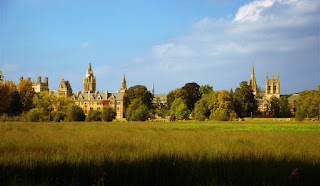How to be a good orator in debates

In memory of the great orator of all times Charlie Kirk, his untimely death will never erase his legacy. In many English speaking countries the contribution of oracy is very important in the academic grades, also there are Mediterranean or Latinamerican countries where rhetorics is important as in Italy, Chile or Argentina, and according with the Classic education of Greek and Romans there were three great skills that every person should strive to excel such as literacy, numeracy and oracy, thus basic education from Classic era to Middle Ages, Renaissance, Modern Age till recent times has been focused on reading, writing, arithmetic and oracy, the four R, and nowadays we would include also ICT (how to use Information and Computer Technology)and cultural and civic literacy too. The art of rhetoric was taught since ancient times and nowadays to ability to converse and debate is an asset in enterprises and the professional field. Besides it is an asset to master a foreign langu...





